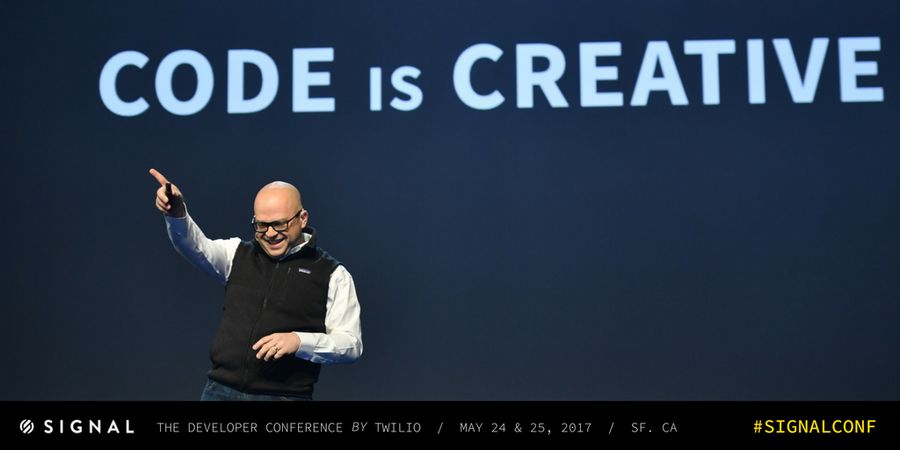Coding: From Art to Science, and Back Again?
It’s May 24, 2017. Twilio CEO, Jeff Lawson, stands in front of an auditorium packed with developers.
"Code is creative,” he says, “It’s more than just math. It’s art.”
A statement met with applause, but by this point shouldn’t it be a given?

After all, for as long as we’ve been coding people have been using code for creativity. From Noll’s computer generated imagery and Knowlton’s ASCII Art in the 60s, to the emergence of Demoscene, and Warhol’s digital art in the 80s, and of course today’s Dev Art.
The response to Lawson’s statement is a sign that our perception of coding as science is so firmly embedded, that the suggestion that it could be creative is noteworthy. But it hasn’t always been that way. During programming’s early day’s people felt the need to pro-actively push programming to not be seen as art but as science. In ‘59, members of ACM’S Editorial Board said:
“If computer programming is to become an important part of computer research and development, a transition of programming from an art to a disciplined science must be effected.”
Well, that transition certainly happened.
Since then software has eaten the world, but it hasn’t eaten the art world. Computer Science programs are commonplace, but computer-generated art, and art that utilizes computers has remained a niche area.
Why hasn’t programming as a method of producing art flourished?
Some suggest programming art hasn’t grown as expected because the digital art pioneers were often scientists and engineers (because they had access to the once rare devices), not trained artists, and so their many accomplishments have been overlooked by the art establishment. Others suggest the myth that computer art requires no effort beyond ‘pushing a few buttons’ has hampered it.
But could technology itself also be to blame? It can sometimes be as much of a blocker to creativity as it is a facilitator. While developers have changed the world through code, coding itself has gotten more complicated. Would-be computer artists need to work through the complexity of configuring their dev environment, running commands, setting up build tools and mastering version control systems.
That complexity holds back creativity.
People abandon their creative ideas because it can prove too difficult to get started and require too much time and effort be spent on things other than coding and creating.
But it’s here where Glitch can help.
How Glitch Helps Coding Be Creative
By removing the complexity that usually goes hand-in-hand with creating things with code online, Glitch promotes creativity by delivering the ability to just code. It does that by attacking the barriers to building things.
Have you ever wanted to try out a new library, framework or technology, but couldn’t decide what to make with it? We provide a growing collection of sample apps to inspire you.
Have you ever been excited to create something but it quickly dissipated at the sight of a blank code editor, and you began to wonder ‘where do I start’? Our sample apps are real, working projects, which you can remix to get started straight away.
And of course, nothing halts creativity like getting stuck. Well, if you do, on Glitch you can just raise your hand.
By removing the nitty-gritty technical details from creating stuff with code, Glitch frees you to be more creative. And with our new Digital Art category, we provide you with example projects to both inspire you and help get you started.
We hope that Glitch helps put the creativity back into coding, and we do our bit to readdress the balance of programming as both science and art.

